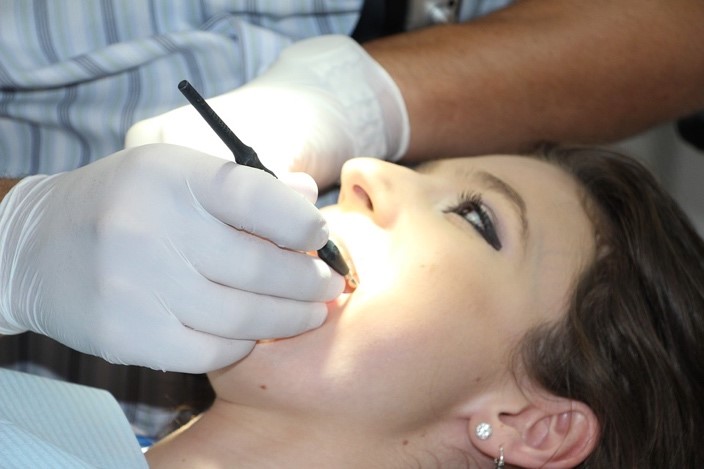What is Bacterial Vaginosis and Why You Should Know about It
Bacterial vaginosis is one of the three common types of vaginal infections—besides yeast infections and trichomoniasis—that cause vaginitis, the inflammation of your vulva and vagina. More commonly referred to as BV, this type of vaginitis is the most common among women from 15 to 44 years of age.
Healthy vaginas have a balance of “good” and “bad” bacteria living in them. Lactobacillus bacteria normally live harmlessly in the vagina, producing chemicals that make it mildly acidic. BV occurs when the number of bad bacteria exceeds the good ones, including those of the lactobacillus family. The overgrowth of gardnerella vaginalis bacteria is commonly blamed as the cause of BV.
Other factors that can alter the balance of bacteria (vaginal pH) in the vagina include:
- Taking antibiotics
- Hormonal changes like pregnancy, menstruation, or menopause
- Douching or excessive cleansing, use of vaginal sprays, spermicides, or detergents
- Using an intrauterine contraceptive device
- Having unprotected sex with a new partner/having multiple partners
- Cigarette smoking
BV Symptoms
Up to half of women diagnosed with BV don’t display any symptoms. But the other 50% who do experience:
- Unusual discharge, which can be white/milky, yellow, or gray. The fluid can be either watery or foamy but thinner than the thick, cheese-like discharge seen in yeast infection. The discharge also has a strong fishy odor, especially after sexual intercourse.
- Burning sensation when urinating
- Itching around the outside of the vagina
Why and When to Consult a Doctor
Some women acquire BV and recover without knowing they had an infection in the first place. Most infections are mild and would disappear on their own.
But if symptoms persist or your BV is worsening, seek medical help as untreated infection may:
- Heighten the risk of getting sexually transmitted diseases such as HIV, chlamydia, or gonorrhea.
- Increase risk of premature delivery among pregnant women. The weight of babies born by BV-infected mothers might be lower than normal (below five pounds or eight ounces at birth).
- Raise risk of developing infection after uterus-related surgeries such as hysterectomy or dilation and curettage.
See a doctor if:
- Your vaginal discharge has odor and accompanied by fever
- The color and consistency of your discharge seems different than before
- Irritation results in bleeding or cracked skin at the site of the infection
- You have a new sex partner or multiple partners. The symptoms/signs of a sexually transmitted infection are sometimes similar to those of BV.
- Symptoms persist despite over the counter bv treatment
Preventive Measures
Take the following steps for BV prevention:
- Wipe from front to back when cleaning vaginal area.
- Stop douching. The vagina is actually self-cleaning so the practice of douching or rinsing your vagina using water or other cleansing agent upsets the natural pH balance in that area and cause anaerobic bacteria to grow and cause infection.
- When you have to wash, use non-deodorant, mild soaps. Also use unscented sanitary pads and tampons.
- Use underwear made of cotton or fabric that move moisture away from the body and are loose-fitting.
- Avoid staying in hot tubs/baths for extended periods.
- Change out of swimsuits or wet clothes right away.
- Take probiotics.



